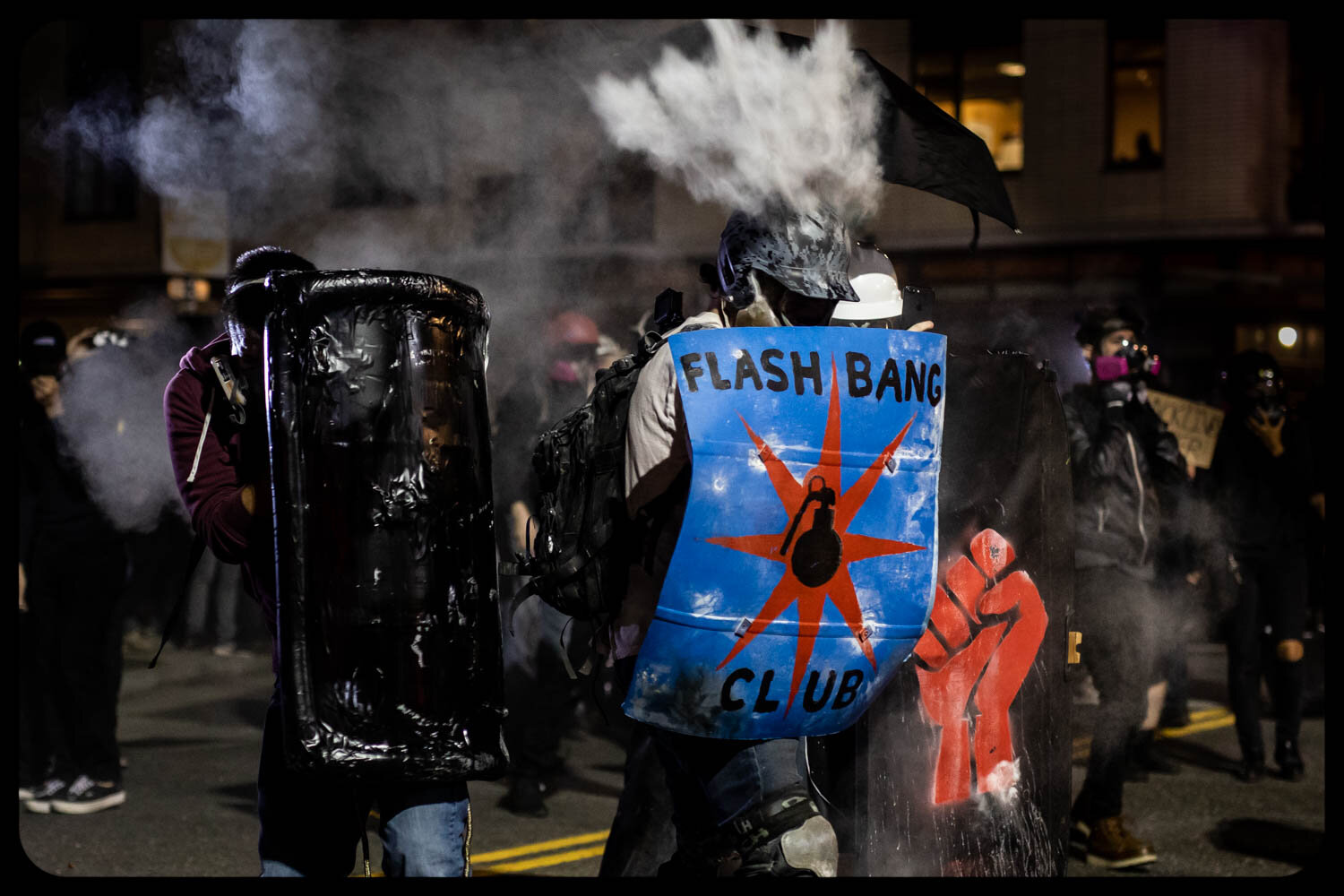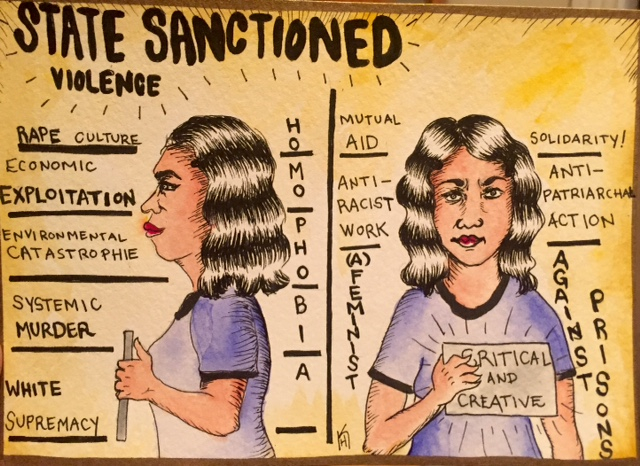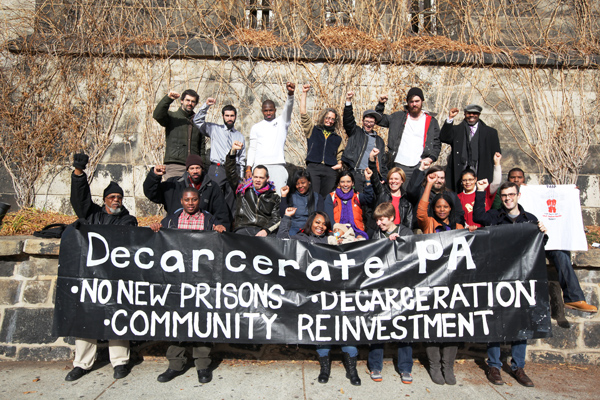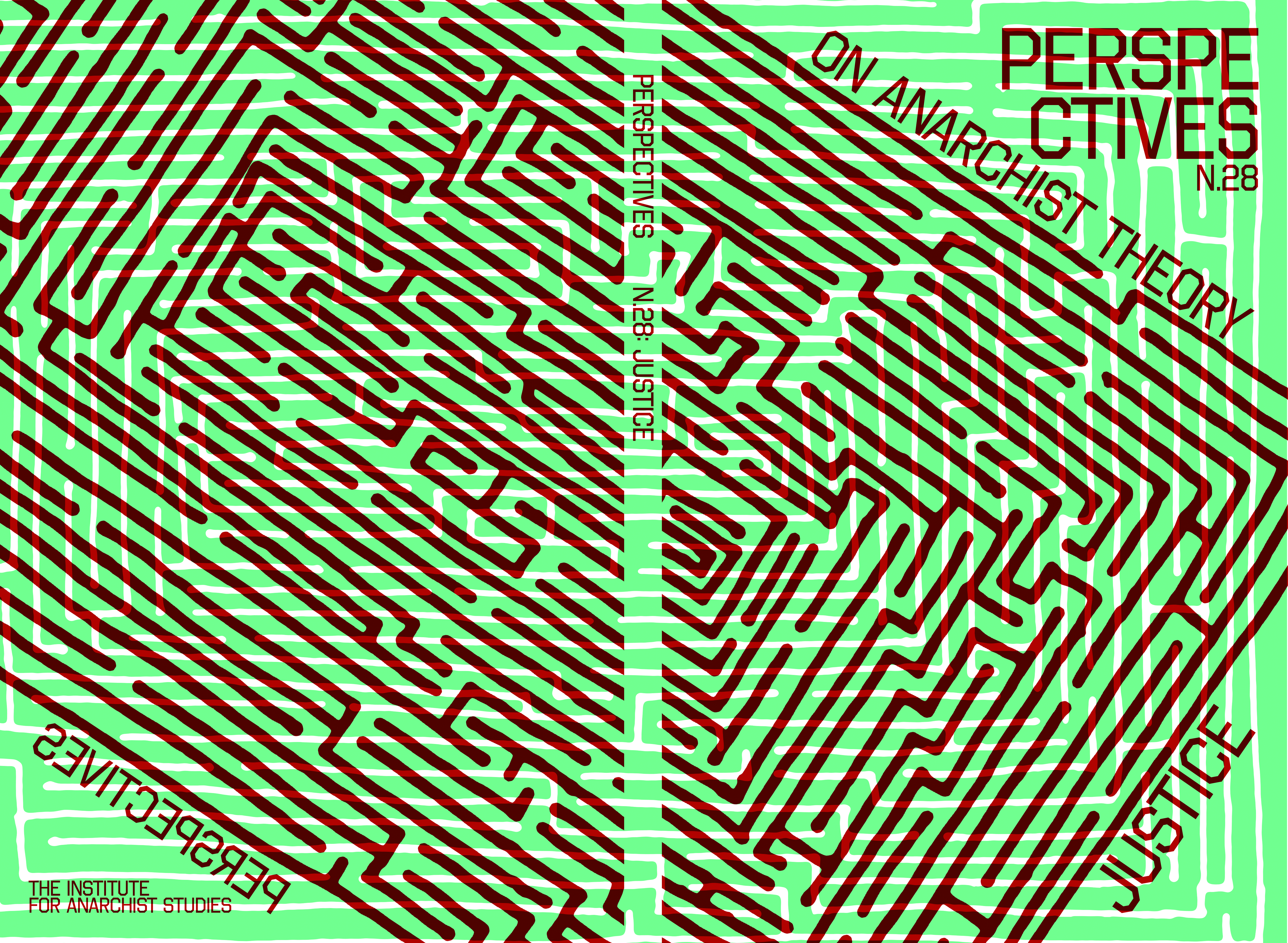 Here’s an interview with writer and activist Hillary Lazar on the connections between border politics and antifascism, applying intersectional frameworks to movement organizing. The discussion begins with a conversation about Lazar’s recent essay, “Connecting Our Struggles: Border Politics, Antifascism, and Lessons from the Trials of Ferrero, Sallito, and Graham,” published in Perspectives on Anarchist Theory (N30, “Beyond the Crisis” issue)
Here’s an interview with writer and activist Hillary Lazar on the connections between border politics and antifascism, applying intersectional frameworks to movement organizing. The discussion begins with a conversation about Lazar’s recent essay, “Connecting Our Struggles: Border Politics, Antifascism, and Lessons from the Trials of Ferrero, Sallito, and Graham,” published in Perspectives on Anarchist Theory (N30, “Beyond the Crisis” issue)
Sustain the Riot: From “Defund the Police” to Revolutionary Abolitionism after the George Floyd Uprisings
By Justin A. Lang
“Fascism has temporarily succeeded under the guise of reform. The only way we can destroy it is to refuse to compromise with the enemy state and its ruling class.” — George Jackson, Blood in My Eye “A politics of abolition could never finally be … Read more








